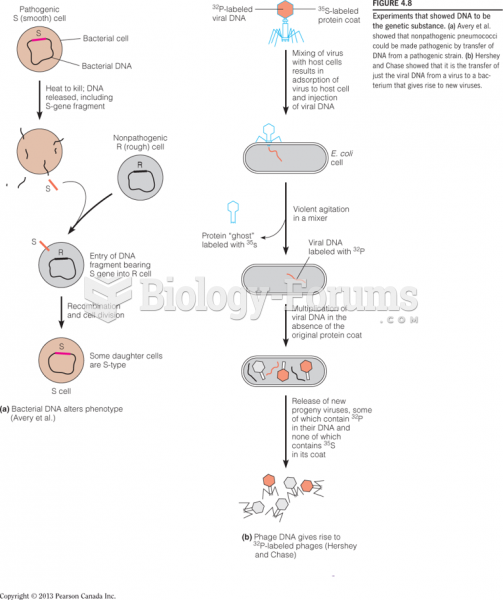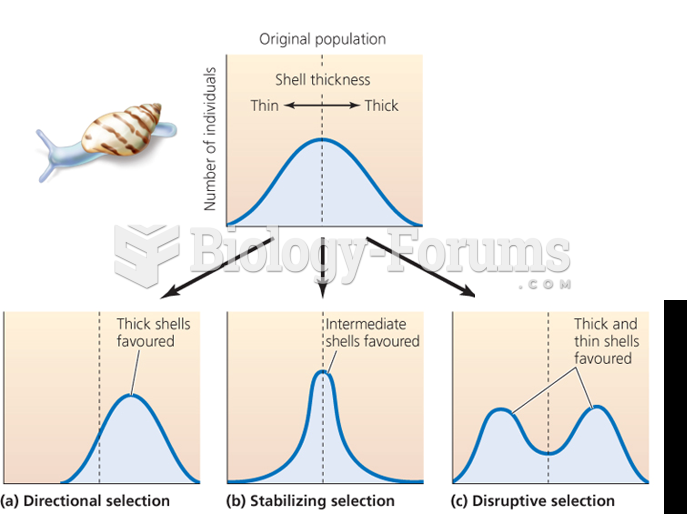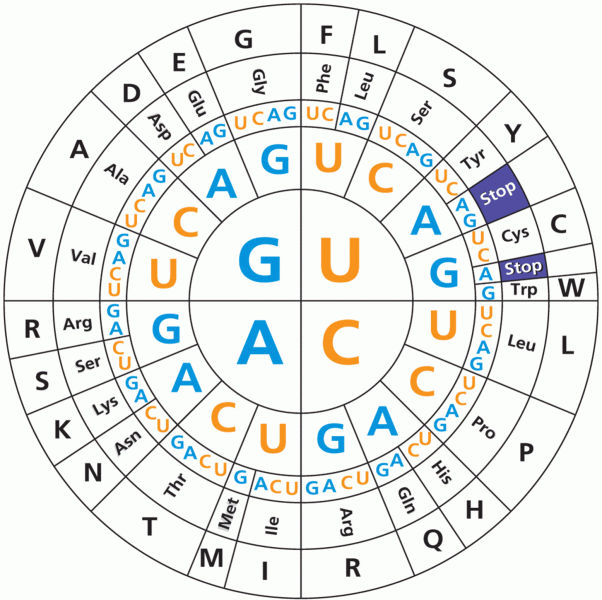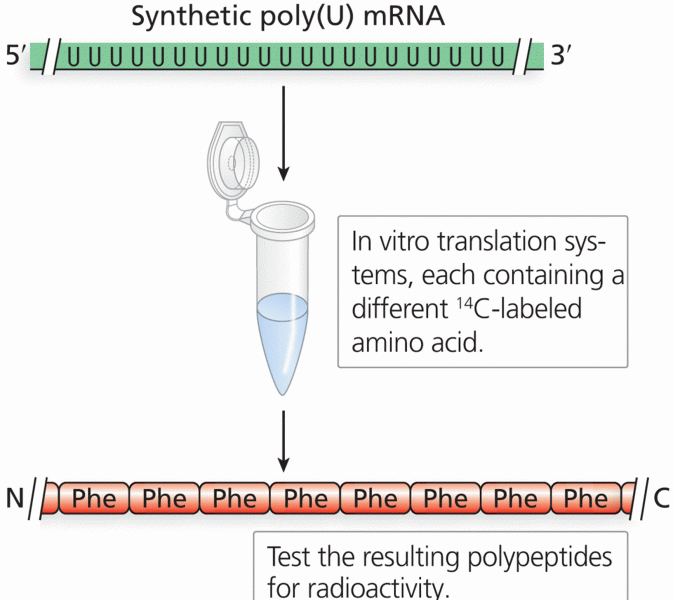J.F. is a 50-year-old married homemaker with a genetic autoimmune deficiency; she has had recurrent infective endocarditis.
The most recent episodes were a Staphylococcus aureus infection of the mitral valve 16 months ago and a Streptococcus viridans infection of the aortic valve 1 month ago. During the
latter hospitalization, an echocardiogram showed moderate aortic stenosis, moderate aortic insufficiency,
chronic valvular vegetations, and moderate left atrial enlargement. Two years ago, J.F. received
an 18-month course of total parenteral nutrition (TPN) for malnutrition caused by idiopathic, relentless
nausea and vomiting (N/V). She has had coronary artery disease for several years and, 2 years ago had an
acute anterior wall myocardial infarction (MI). In addition, she has a history of chronic joint pain.
Now, after having been home for only a week, J.F. has been readmitted to your floor with endocarditis,
N/V, and renal failure. Since yesterday, she has been vomiting and retching constantly; she also has had
Admission Orders
STAT blood cultures (aerobic and anaerobic) 2 30 minutes apart
STAT CMP & CBC
Begin TPN at 85 mL/hr
Penicillin G potassium (Pfizerpen) 2 million units IVPB q4h
Vancomycin (Vancocin), renal dosing per pharmacy, IVPB q12h
Furosemide (Lasix) 80 mg/day PO
Amlodipine (Norvasc) 5 mg/day PO
Potassium chloride (K-Dur) 40 mEq/day PO
Metoprolol (Lopressor) 25 mg PO bid
Ondansetron (Zofran) 4 mg IV every 4-6 hours for N/V
Transesophageal echocardiogram ASAP
Admission Assessment
Blood pressure 152/48 (supine) and 100/40 (sitting)
Pulse rate 116 beats/min
Respiratory rate 22 breaths/min
Temperature 100.2 F (37.9 C)
Oriented 3 but drowsy
Grade II/VI holosystolic murmur and a grade III/VI diastolic murmur noted on auscultation
Lungs clear bilaterally Abdomen soft with slight left upper quadrant (LUQ) tenderness
Multiple petechiae on skin of arms, legs, and chest; splinter hemorrhages under the fingernails;
hematuria noted in voided urine chills, fever, fatigue, joint pain, and headache. As you go through the admission process with her, you note that she wears glasses and has a dental bridge. Intravenous (IV) access is obtained with a double lumen
peripherally inserted central catheter (PICC) line. Other orders and your assessment are shown in the box.
What is the significance of the orthostatic hypotension and tachycardia?
What is the significance of the abdominal tenderness, hematuria, joint pain, and petechiae?
What are splinter hemorrhages and what is their significance?
Question 2
Mrs. W. has been with her husband since he arrived at the emergency department and is worried about his condition and his care.
List five things you might do to make her more comfortable while her husband is in the MICU.







